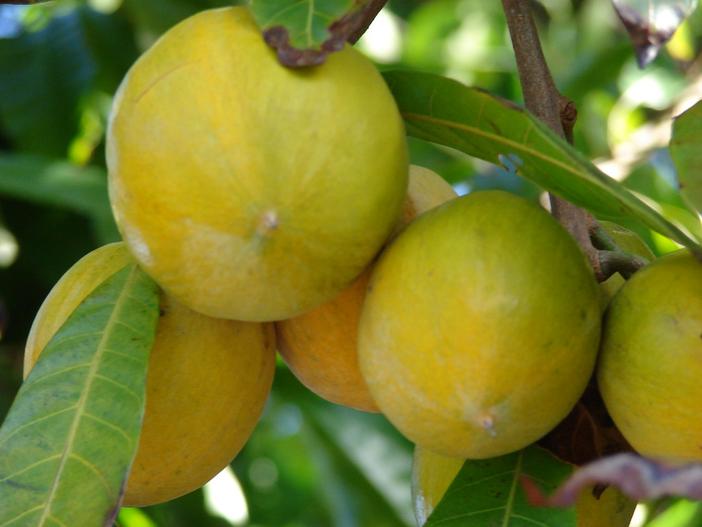Canistel
(Pouteria campechiana)
Canistel (Pouteria campechiana)
/
/

Forest and Kim Starr
CC BY 2.0


























Estimated Native Range
Summary
Canistel is valued for its unique fruit, which can be eaten raw or used in various culinary applications, such as desserts and smoothies. The tree is also appreciated for its ornamental qualities, including its glossy green leaves and attractive fruit. It thrives in full sun and requires medium amounts of water, preferring well-drained soils. While it is not a common landscape tree, it can be grown in tropical and subtropical gardens. Gardeners should be aware that Pouteria campechiana can become invasive outside its native range, so it is important to check local regulations before planting.CC BY-SA 4.0
Plant Description
- Plant Type: Tree
- Height: 15-25 feet
- Width: 15-25 feet
- Growth Rate: Rapid
- Flower Color: N/A
- Flowering Season: Winter, Spring, Summer
- Leaf Retention: Evergreen
Growth Requirements
- Sun: Full Sun
- Water: Medium
- Drainage: Medium, Fast
Common Uses
Drought Tolerant, Edible*Disclaimer: Easyscape's listed plant edibility is for informational use. Always verify the safety and proper identification of any plant before consumption., Low Maintenance
Natural Habitat
Native to tropical dry forests of Central America, including southern Mexico and the Yucatan Peninsula, and parts of the Caribbean
Other Names
Common Names: Eggfruit Tree, Canistel, Eggfruit-Tree, Yellow Sapote, Canistelsapote
Scientific Names: , Pouteria campechiana, Lucuma palmeri, Lucuma campechiana, Lucuma nervosa, Pouteria campechiana var. salicifolia, Lucuma salicifolia, Pouteria campechiana var. palmeri, Lucuma laeteviridis, Lucuma glabrifolia
GBIF Accepted Name: Pouteria campechiana (Kunth) Baehni